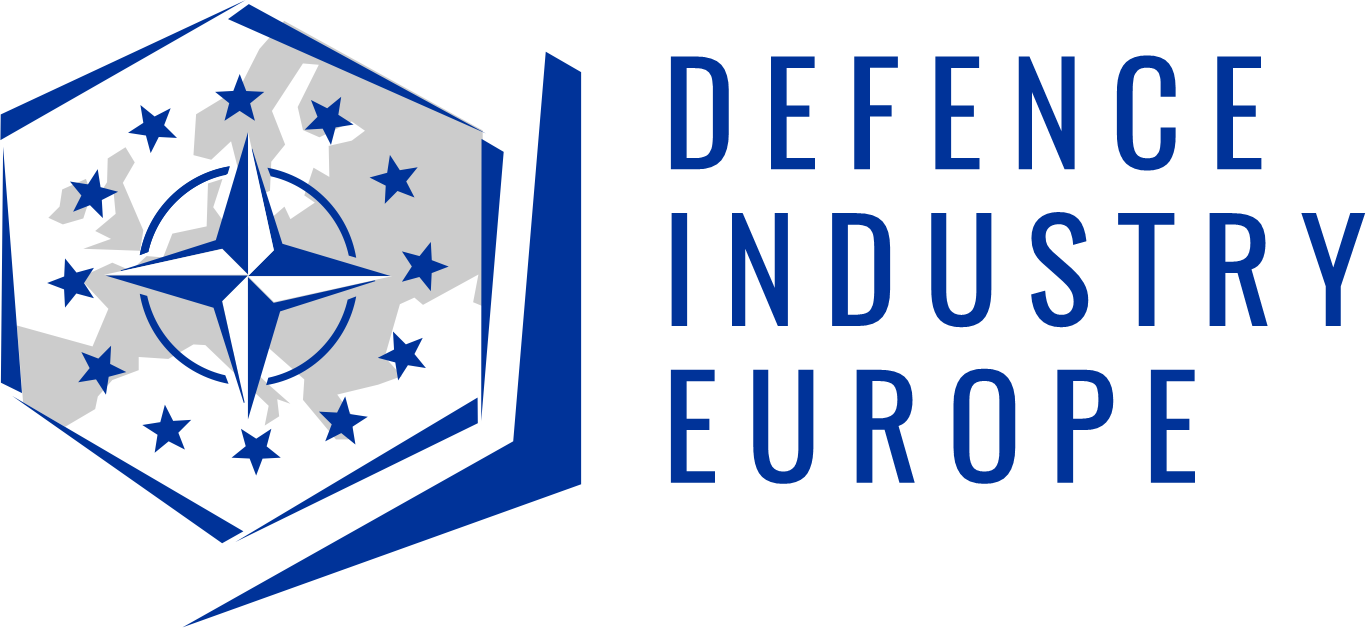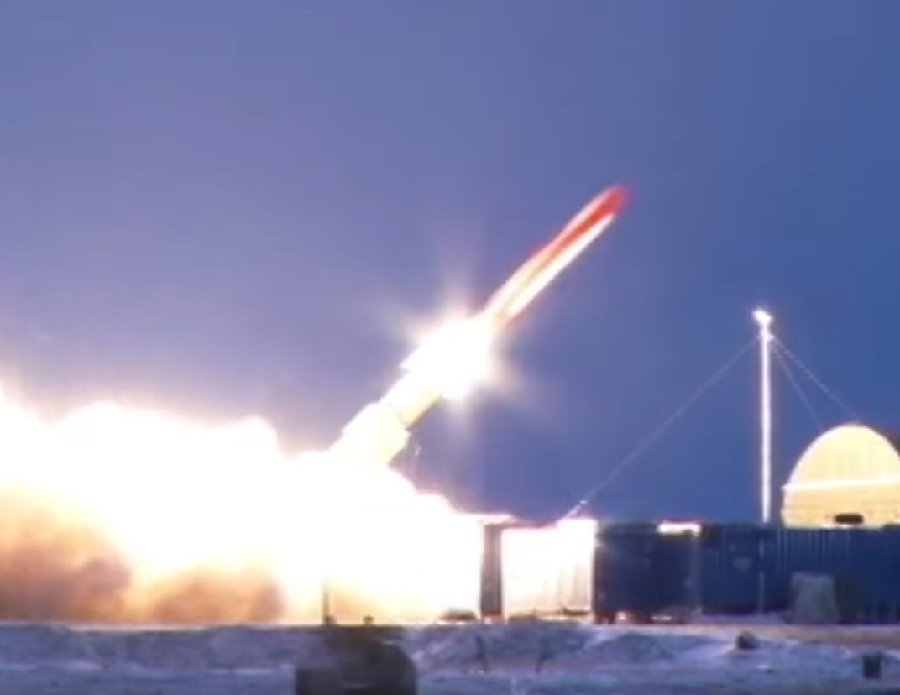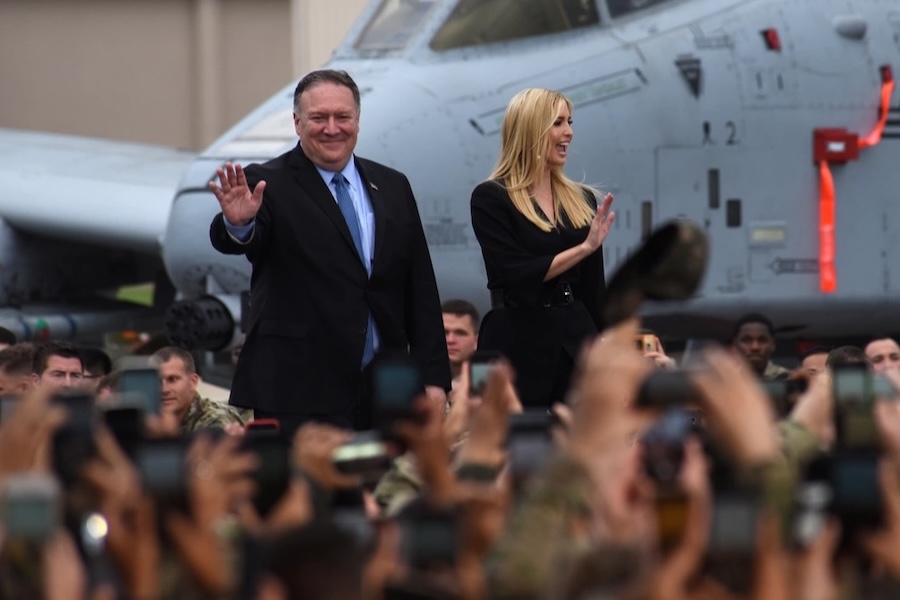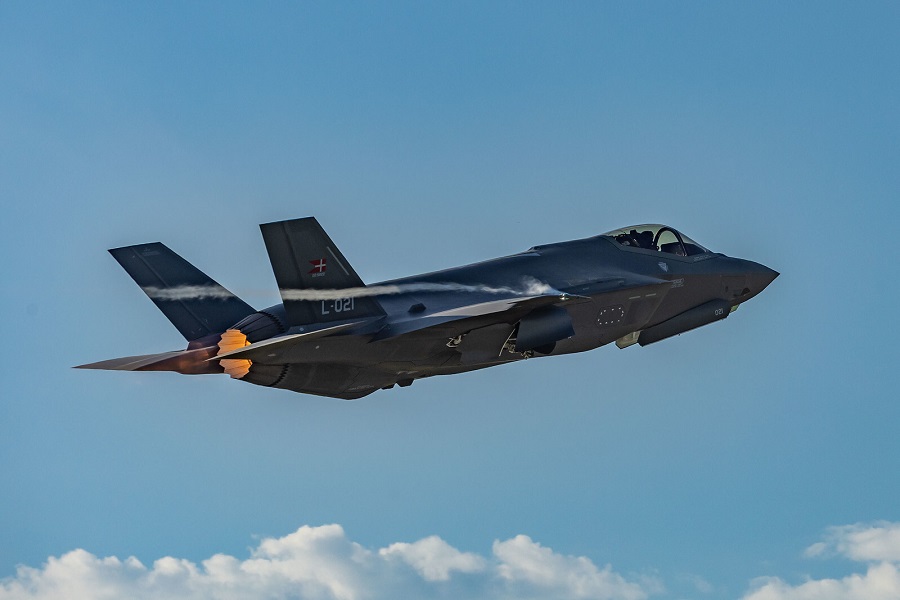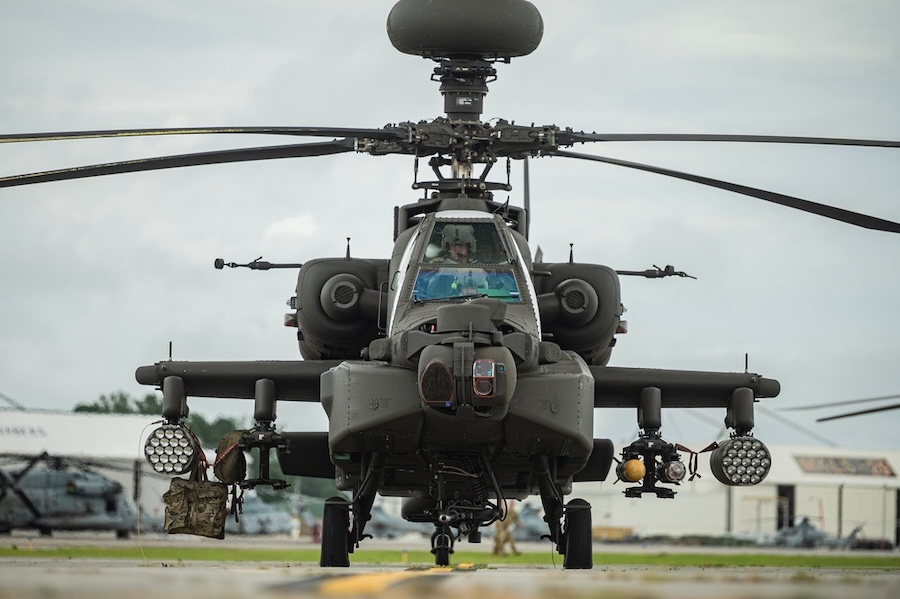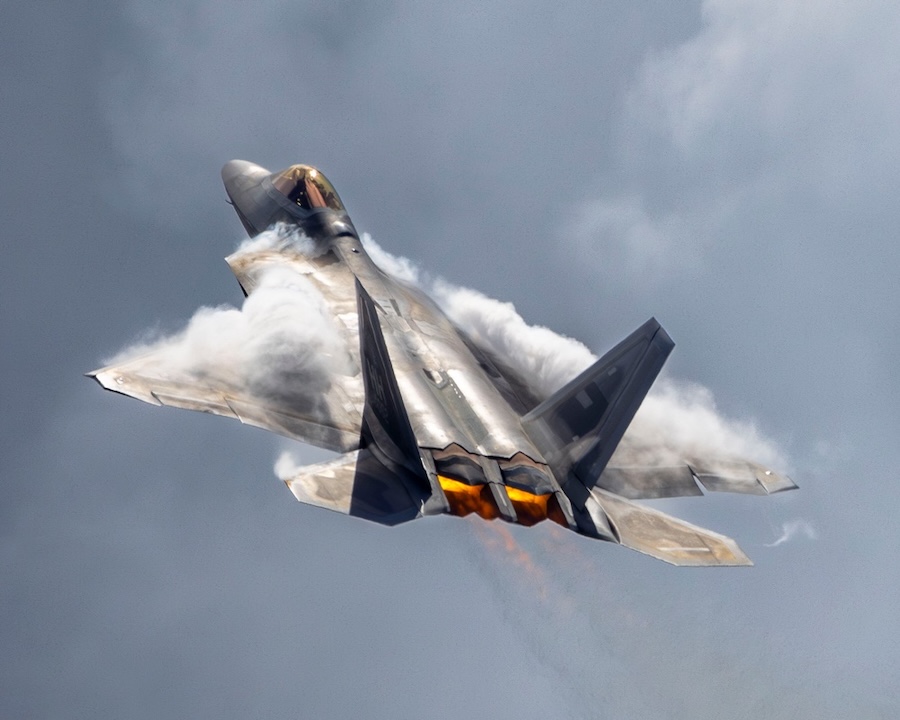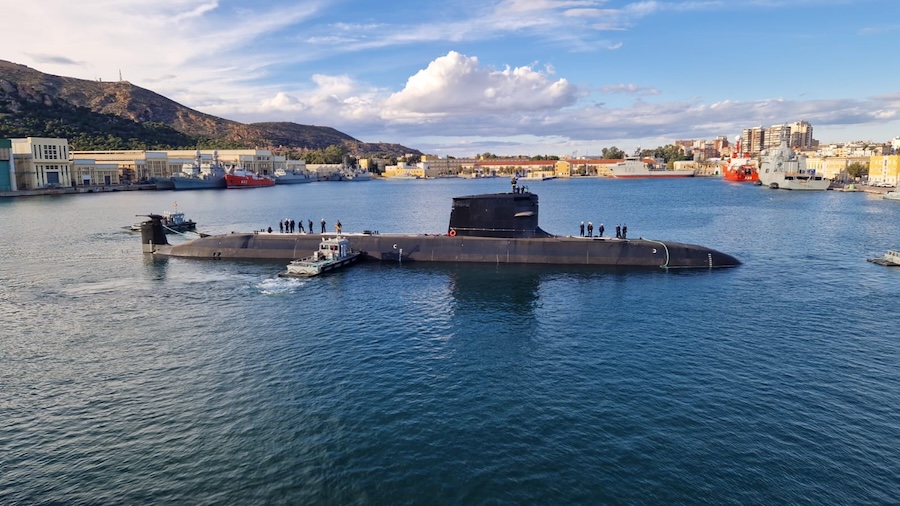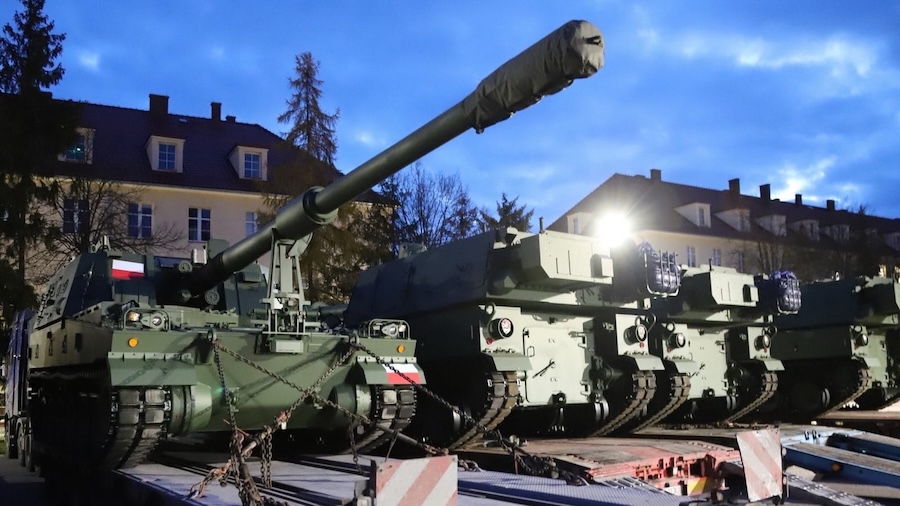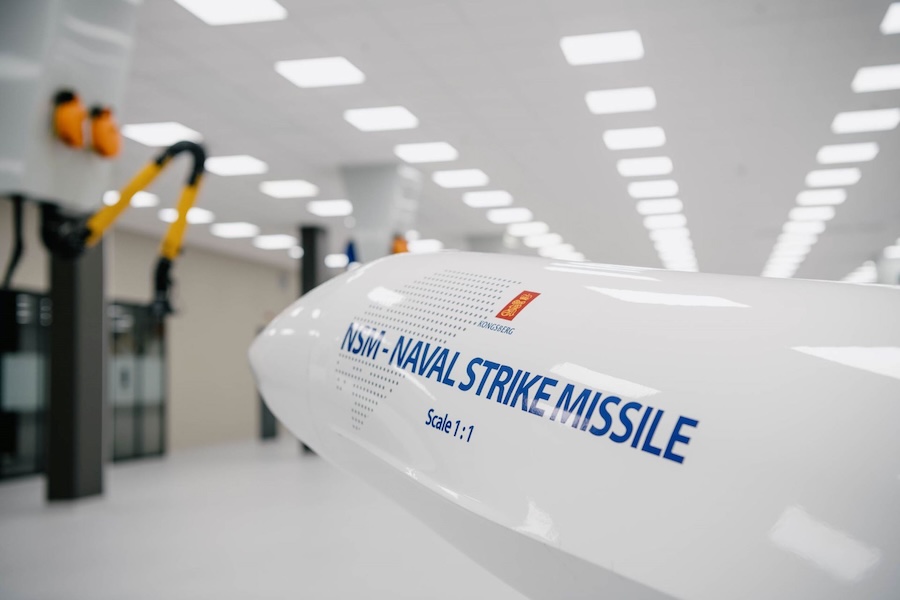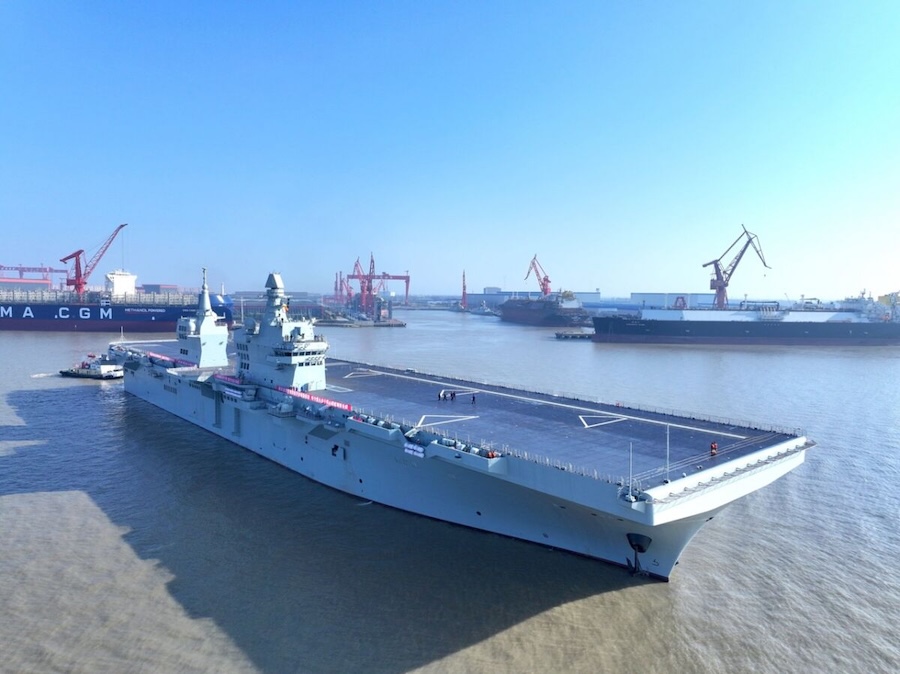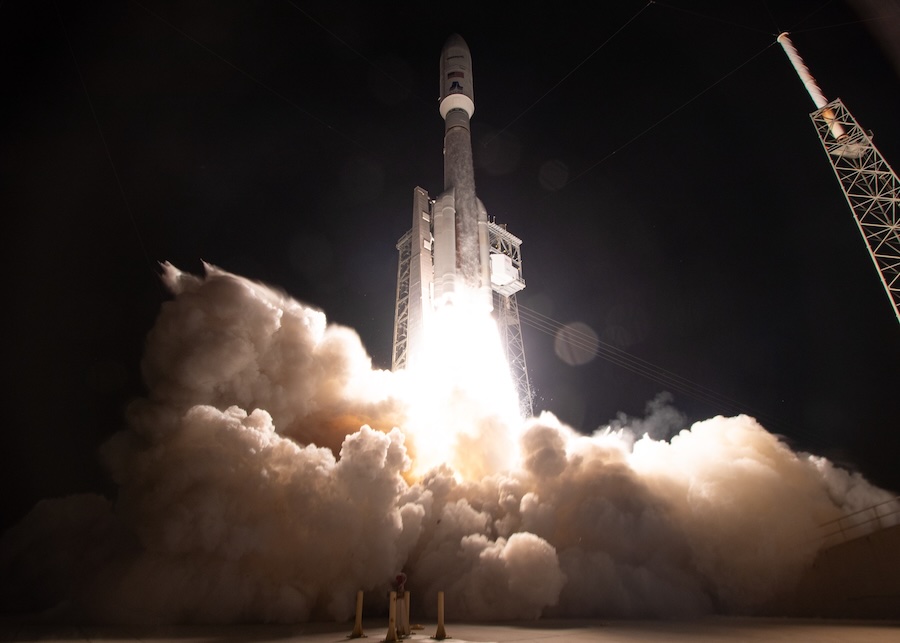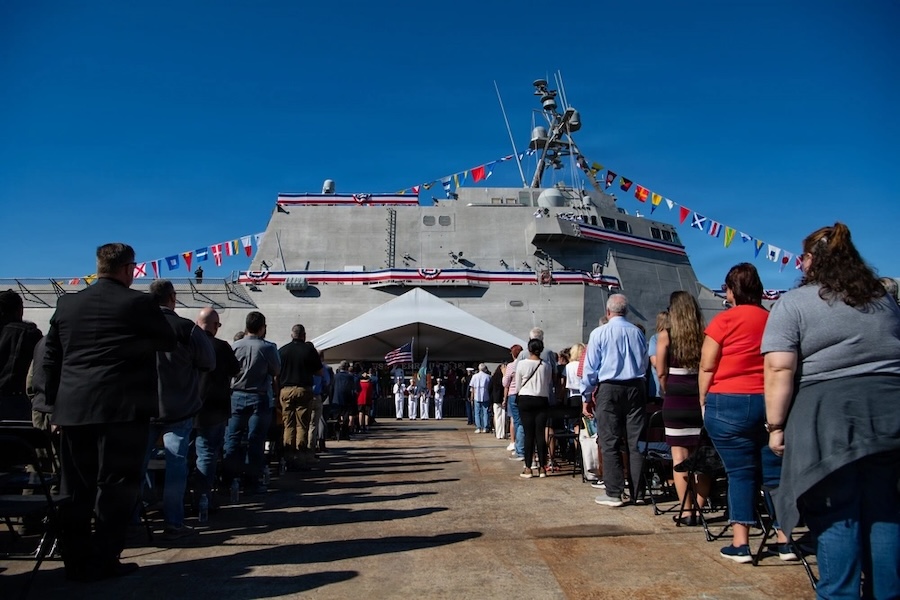Chief of the General Staff Valery Gerasimov told Putin the test marked a significant milestone, stating: “The technical characteristics of the Burevestnik allow it to be used with guaranteed precision against highly protected sites located at any distance.” He added that the missile flew using nuclear propulsion and could overcome any missile defence system.
Putin called the missile “a unique ware which nobody else in the world has,” adding that “some specialists once told me it would never be possible,” but “its crucial testing has been concluded.” He ordered preparations to integrate the missile into the Russian Armed Forces, including developing appropriate infrastructure and classification procedures.
According to Russian sources, the missile performed all required vertical and horizontal manoeuvres during the test, displaying strong evasion capabilities against air defences. Gerasimov highlighted that the achieved distance and flight duration did not reflect its maximum potential, as the missile theoretically has unlimited range thanks to its compact nuclear propulsion system.
The Burevestnik, NATO reporting name SSC-X-9 Skyfall, is part of Russia’s advanced weapons programme. It was first unveiled by Putin in March 2018, who claimed it could evade American missile defences and had “almost unlimited range.” He reiterated this view on Sunday, stating the missile can strike any global target with high accuracy.
The missile is designed to fly at very low altitudes, between 50 to 100 metres, which makes it difficult for air defence radar to detect. It reportedly launches via a small solid-fuel booster before engaging a nuclear-powered engine capable of long-duration flight, potentially remaining airborne for days.
Confirmation of the test follows satellite imagery and navigation warnings that had suggested an impending launch. Western experts say the missile’s subsonic speed makes it detectable over long flights, but Russian analysts argue that its role would be to strike surviving military and civilian infrastructure after an initial nuclear exchange.
Despite numerous failed tests in the past, including a deadly accident in 2019 that killed five Russian nuclear specialists, Russia has continued developing the missile. Putin awarded state honours to the victims’ families and described the weapon they were working on as unmatched globally, although he did not name it at the time.
Two U.S. researchers in 2024 reportedly identified a likely deployment site for the missile near a nuclear warhead storage facility known as Vologda-20, located around 475 kilometres north of Moscow.
During the same week as the Burevestnik test, Putin also oversaw large-scale drills involving Russia’s nuclear triad—land, sea, and air forces—highlighting what he called the “highest level” of nuclear deterrent readiness. According to the Federation of American Scientists, Russia and the United States jointly possess over 87% of the world’s nuclear arsenal.
“The strategic forces are capable of ensuring the national security of the Russian Federation and the Union State in full,” Putin said, reinforcing Russia’s intent to maintain and modernise its nuclear capabilities.



